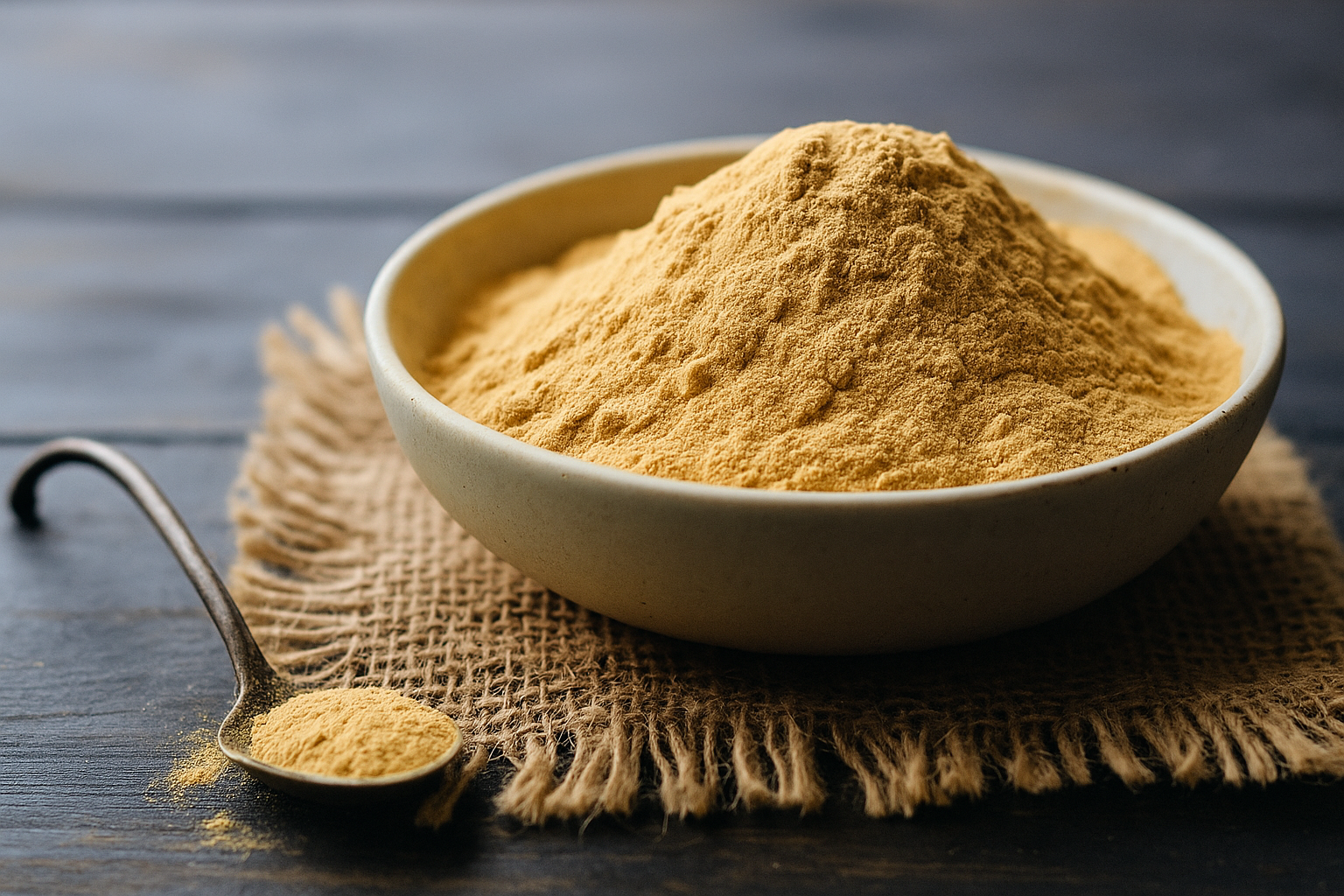The Sleep Crisis Among High Performers
In an age of remote work, digital overload, and constant connectivity, quality sleep has quietly become one of the most underutilized performance enhancers. According to the Centers for Disease Control and Prevention (CDC), 1 in 3 adults in the U.S. does not get enough sleep. For remote workers and individuals with mentally demanding routines, this translates to reduced cognitive function, weakened immunity, and lowered productivity.
But here’s the good news: biohacking offers science-backed, practical techniques to reclaim restful sleep and optimize overnight recovery. Whether you’re working from home, running a business, or balancing a chaotic digital life, this guide will show you how to biohack your sleep using methods that are both accessible and proven.
What Is Sleep Biohacking?
Sleep biohacking involves using measurable, strategic interventions to enhance the quality, depth, and restorative power of your sleep. Rather than relying solely on willpower or habits, it uses data, tools, and environmental adjustments to accelerate recovery and boost long-term well-being.
Key biohacking principles for sleep include:
- Tracking sleep stages and biometrics with wearable tech
- Regulating light exposure to support melatonin production
- Optimizing bedroom temperature and air quality
- Using supplements or routines to enhance circadian rhythm
Why Remote Workers and Knowledge Professionals Are at Risk
Remote workers often:
- Work irregular hours or across time zones
- Use screens late into the night
- Lack physical boundaries between work and rest
- Deal with increased stress and information overload
These factors disrupt the body’s natural circadian rhythm and reduce the ability to enter deep, restorative sleep.
Biohacking Tools for Tracking Sleep Quality
Wearable Tech for Personalized Sleep Data
Accurate tracking is the foundation of effective sleep biohacking. Here are top-rated wearables used in the U.S.:
| Device | Key Features |
|---|---|
| Oura Ring Gen3 | Tracks HRV, sleep stages, body temperature |
| WHOOP Strap 4.0 | Offers strain and recovery metrics |
| Apple Watch 8 | Basic sleep and heart rate tracking |
Pro Tip: Prioritize devices that measure Heart Rate Variability (HRV), Respiratory Rate, and Body Temperature. These biomarkers are closely tied to recovery and sleep stage efficiency.
What Your Metrics Mean
- Sleep Efficiency: Time asleep vs. time in bed (aim for >85%)
- REM Sleep: Cognitive restoration and memory consolidation
- Deep Sleep: Physical recovery, muscle repair, immune function
- HRV (Heart Rate Variability): Indicator of stress vs. recovery readiness
Environmental Tweaks for Optimal Sleep
Light Exposure Management
Light is the most powerful external cue (“zeitgeber”) that influences your circadian rhythm. Here’s how to optimize it:
Morning:
- Get 10-15 minutes of natural sunlight within 1 hour of waking
Evening:
- Use blue light blocking glasses (brands like Swanwick or Felix Gray)
- Install apps like f.lux or use Night Shift Mode on devices
- Dimmable, warm-tone smart lights (e.g., Philips Hue) can simulate sunset
Bedroom Optimization Checklist
- Temperature: Keep room between 60–67°F (15.6–19.4°C) [Sleep Foundation]
- Sound: Use white noise machines or apps like Noisli to block disruptions
- Air Quality: HEPA filters or natural air purifiers like peace lilies
- Darkness: Blackout curtains or sleep masks to eliminate ambient light
Science-Backed Supplements and Nutrients
Always consult a healthcare provider before using supplements.
Natural Compounds That Support Sleep
| Supplement | Function | Notes |
| Magnesium Glycinate | Calms nervous system | ~200-400mg; supports GABA function |
| L-Theanine | Promotes relaxation without sedation | Found in green tea |
| Melatonin | Regulates sleep timing | Use short-term, low dose (<1 mg) |
| Glycine | Lowers body temp, improves deep sleep | 3g taken before bed |
Foods That Promote Sleep Naturally

- Tart cherries (natural melatonin)
- Kiwis (linked to improved sleep latency)
- Almonds (magnesium source)
- Turkey and bananas (tryptophan-rich)
Behavioral and Routine-Based Biohacks
Create a Consistent Wind-Down Routine
- Set a digital curfew 60 minutes before bed
- Include stretching, journaling, or light reading
- Avoid news, emails, or stressful content
Leverage the Power of Circadian Anchors
These are activities that help align your internal clock:
- Eat meals at consistent times
- Wake and sleep at the same time daily (even on weekends)
- Get sunlight exposure during the day
Expert Insights & Latest Research
- Dr. Matthew Walker, sleep neuroscientist, emphasizes the cognitive cost of sleep debt: even partial deprivation impairs memory, decision-making, and emotional control [Source: Why We Sleep, Penguin Random House].
- A 2023 NIH-funded study found that irregular sleep schedules in remote workers correlated with a 37% higher risk of mood disturbances [NIH.gov, PMID: 36987452].
- The American Academy of Sleep Medicine (AASM) recommends adults get at least 7 hours of sleep for optimal health, with a focus on quality over quantity [AASM.org].
Small Adjustments, Big Results
In a world where hustle culture often glorifies burnout, biohacking your sleep might be the most underrated performance tool available. With smart technology, circadian-aligned habits, and intentional rest environments, remote workers and busy professionals can unlock deeper recovery, sharper thinking, and sustainable energy.
Start small: pick one or two strategies from this guide to try tonight. Your brain, body, and future productivity will thank you.


